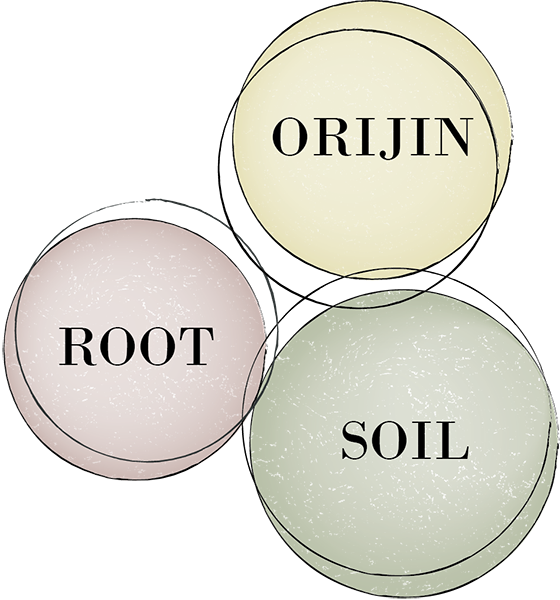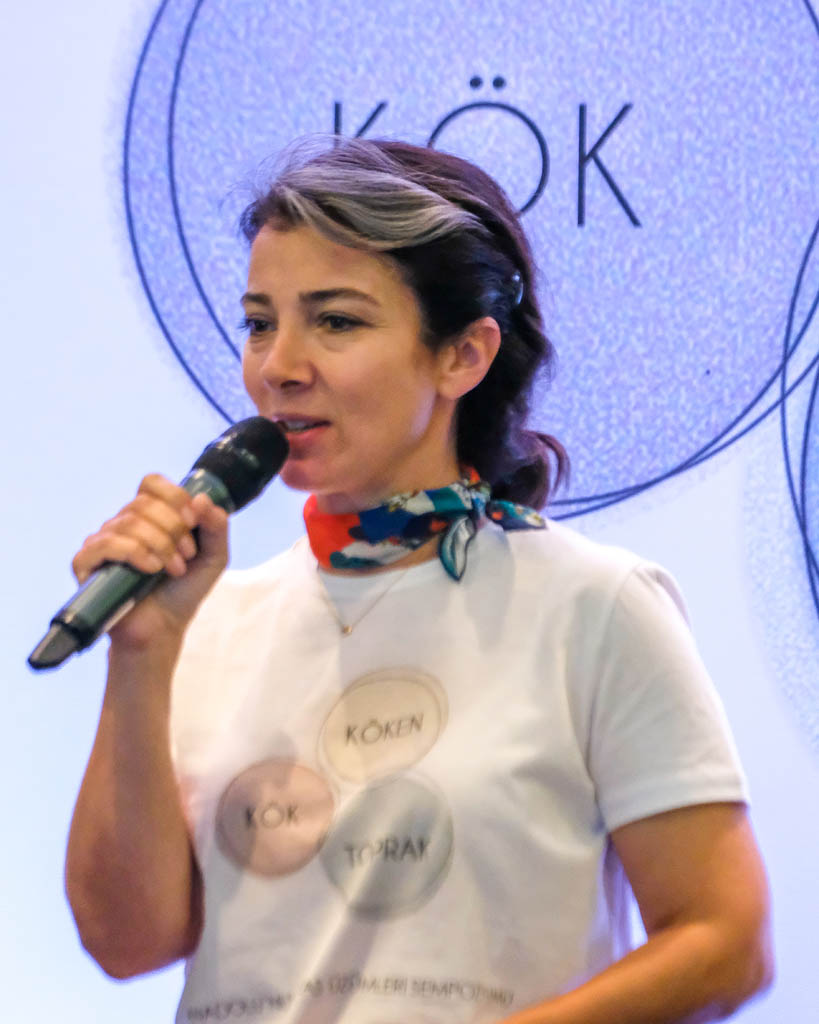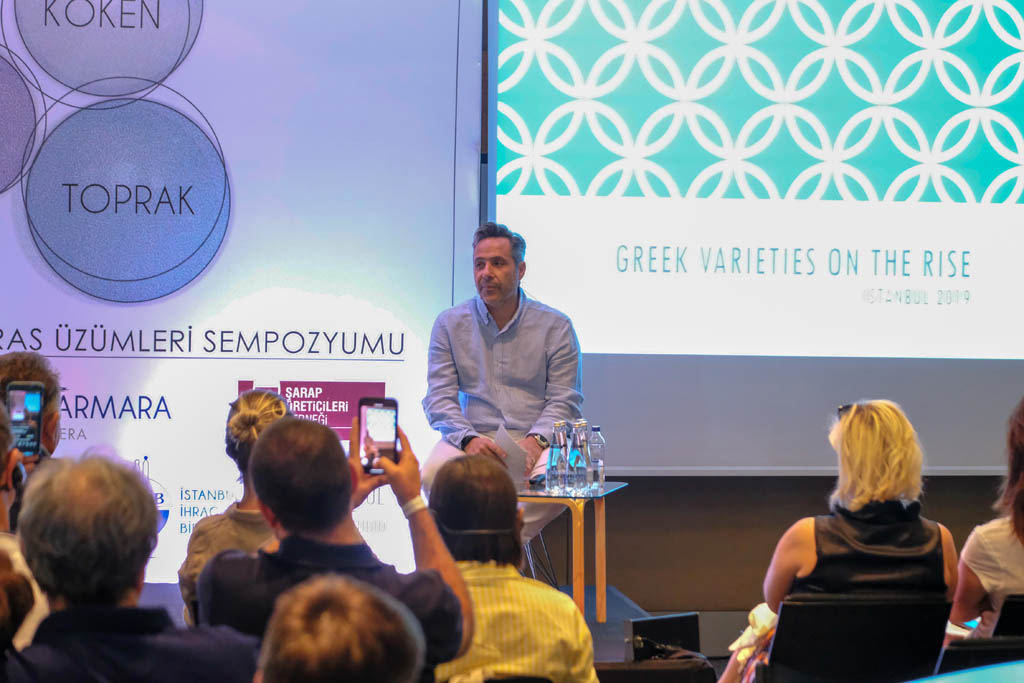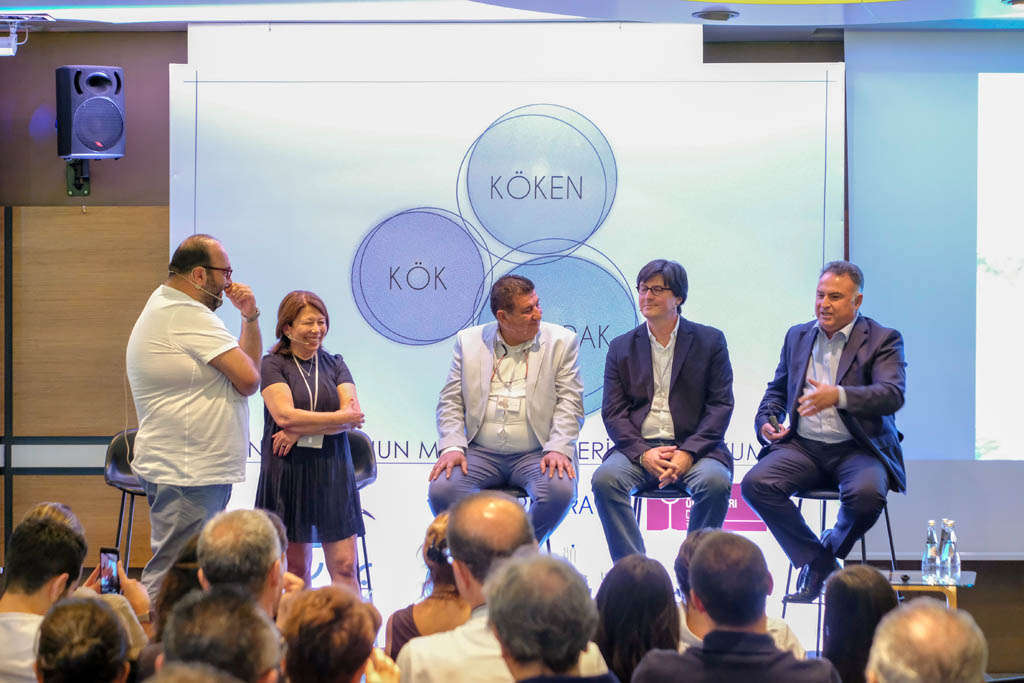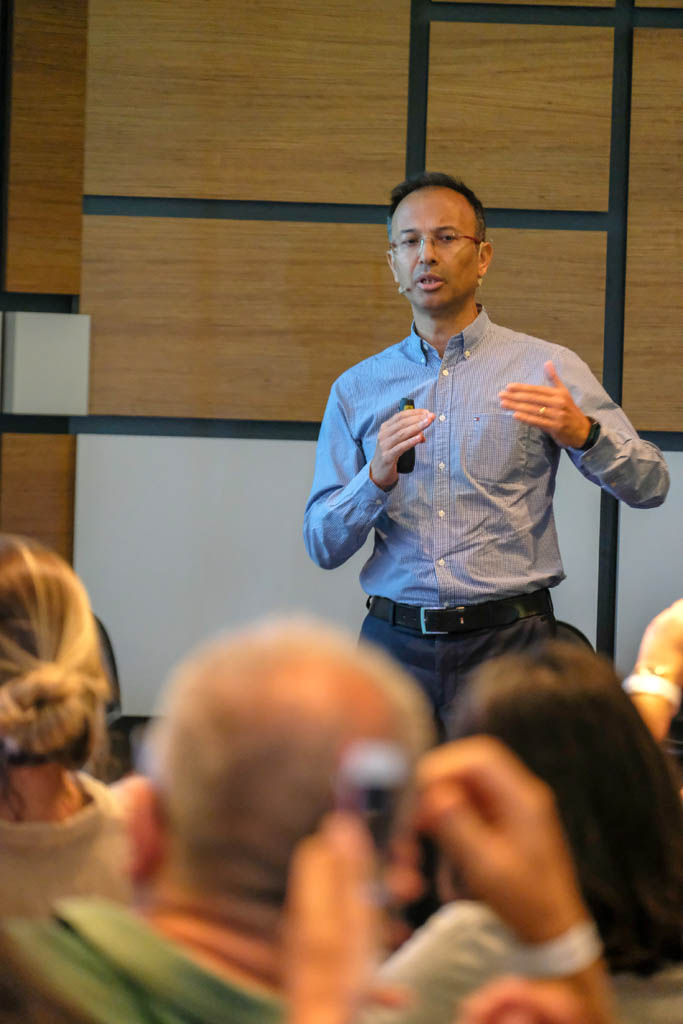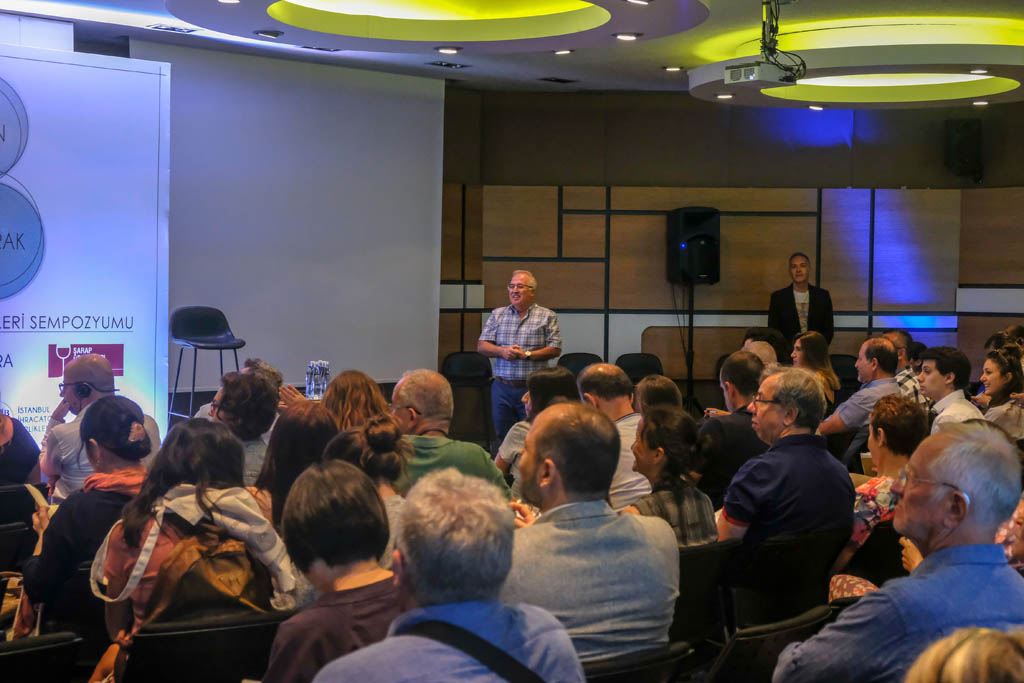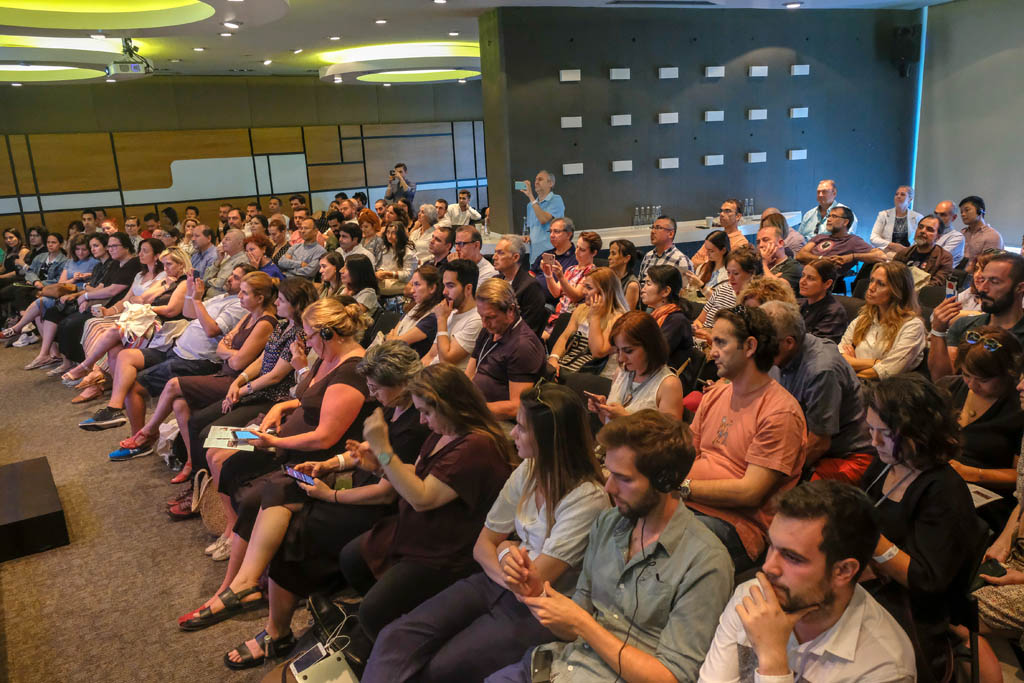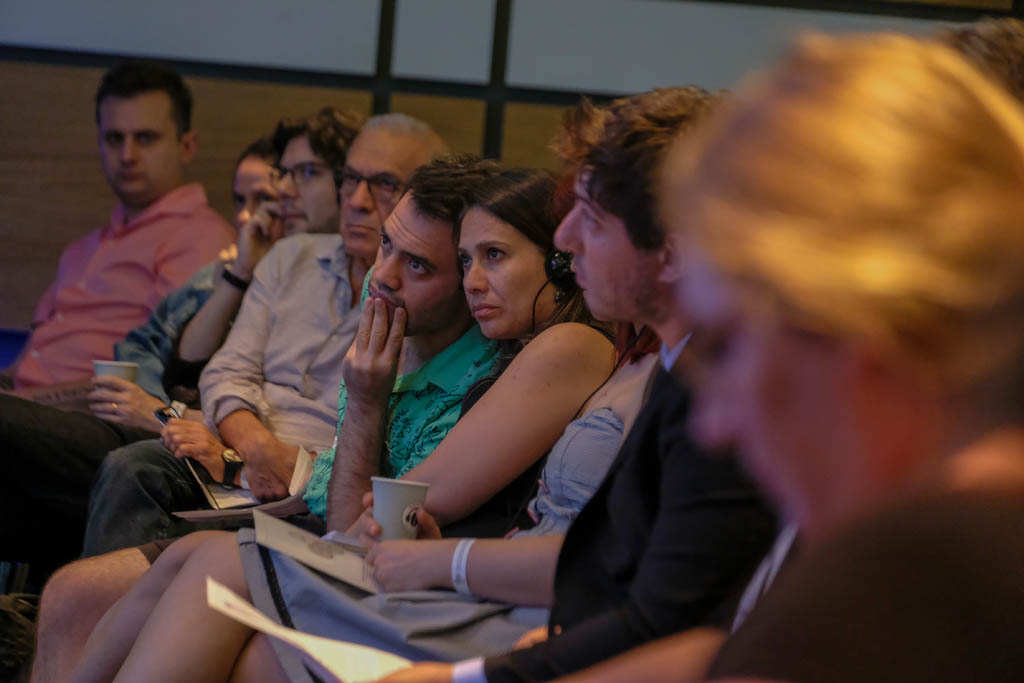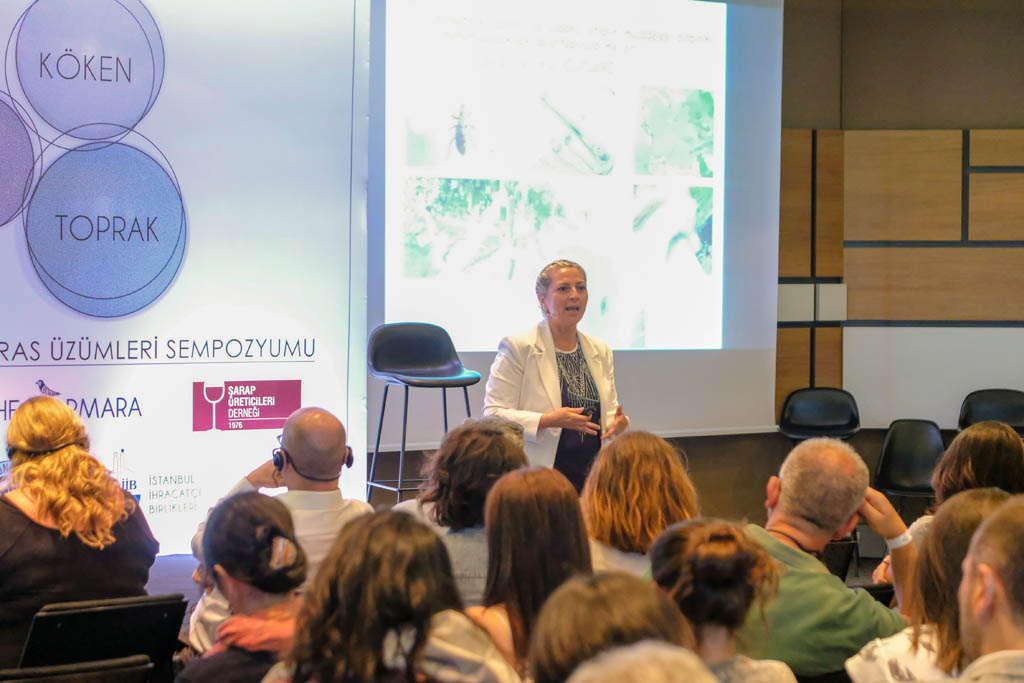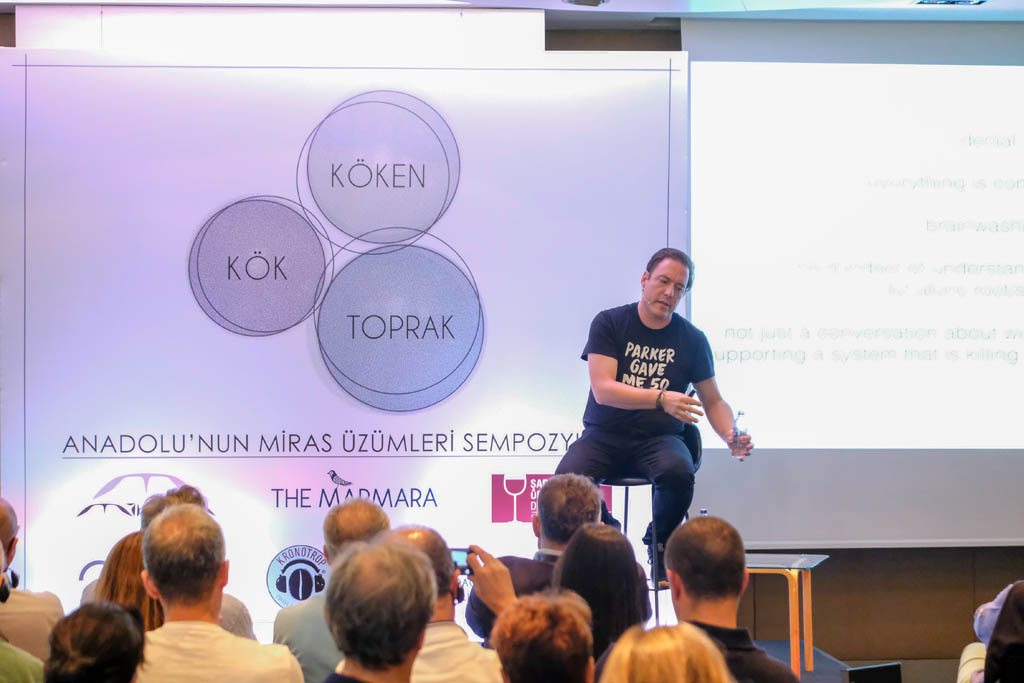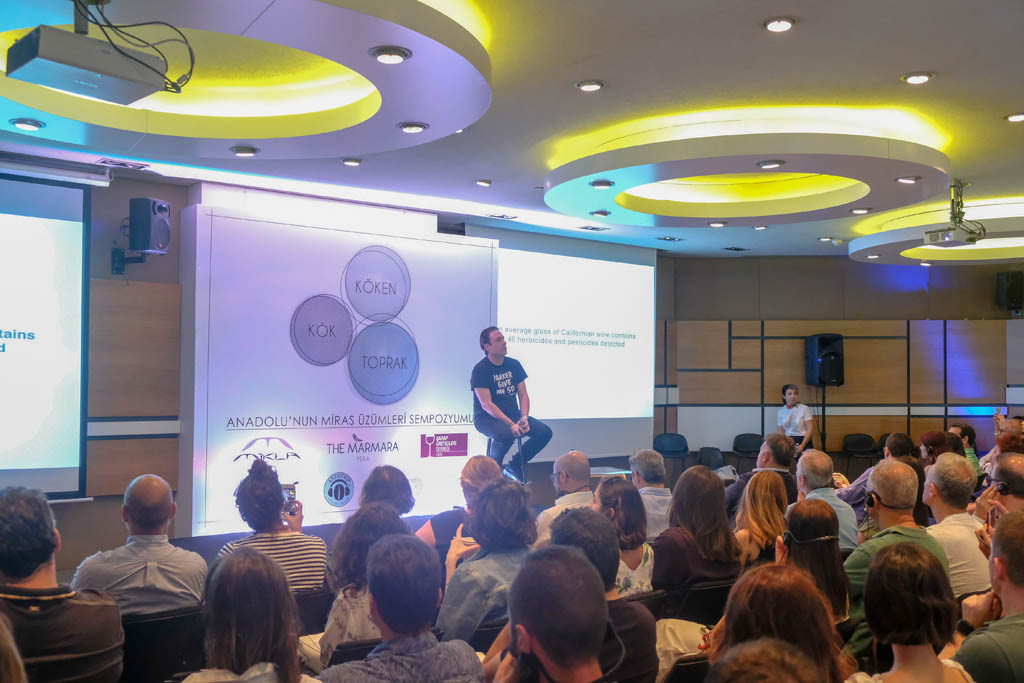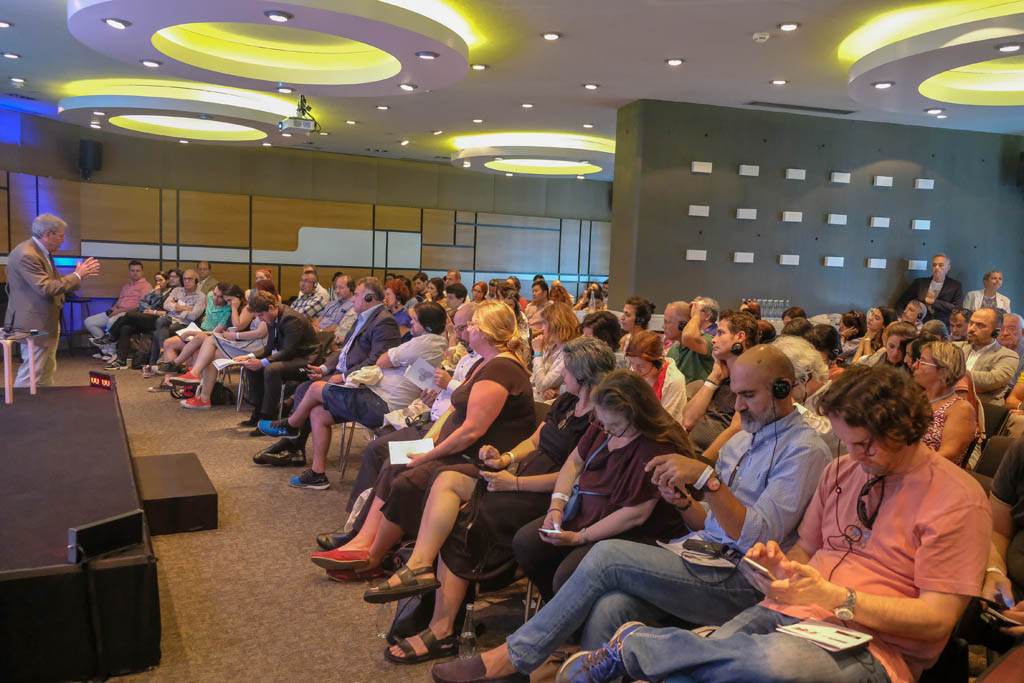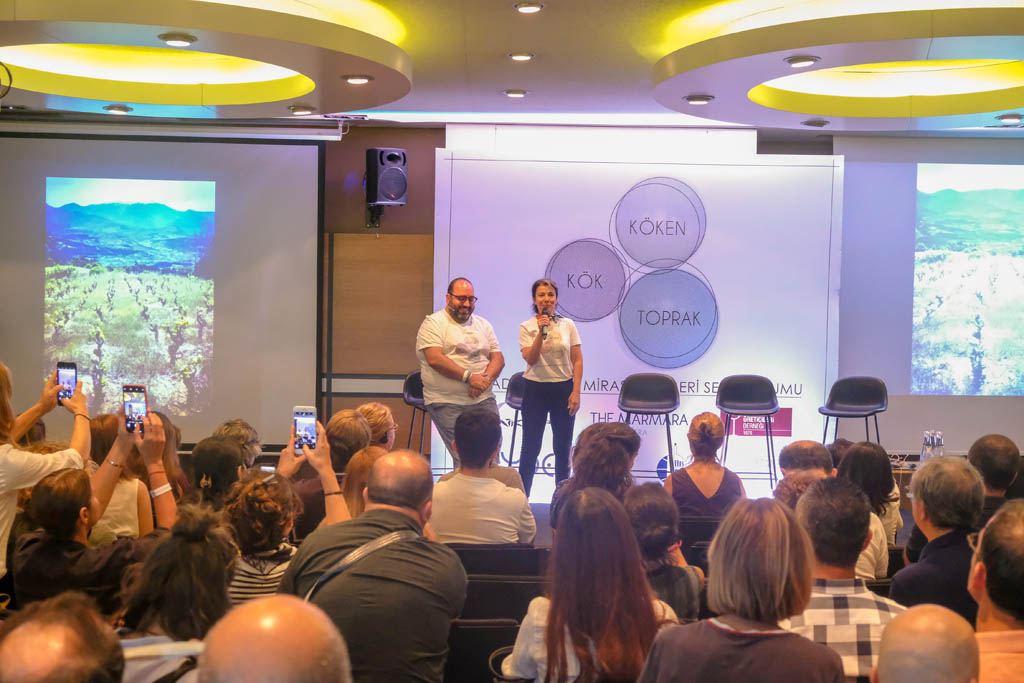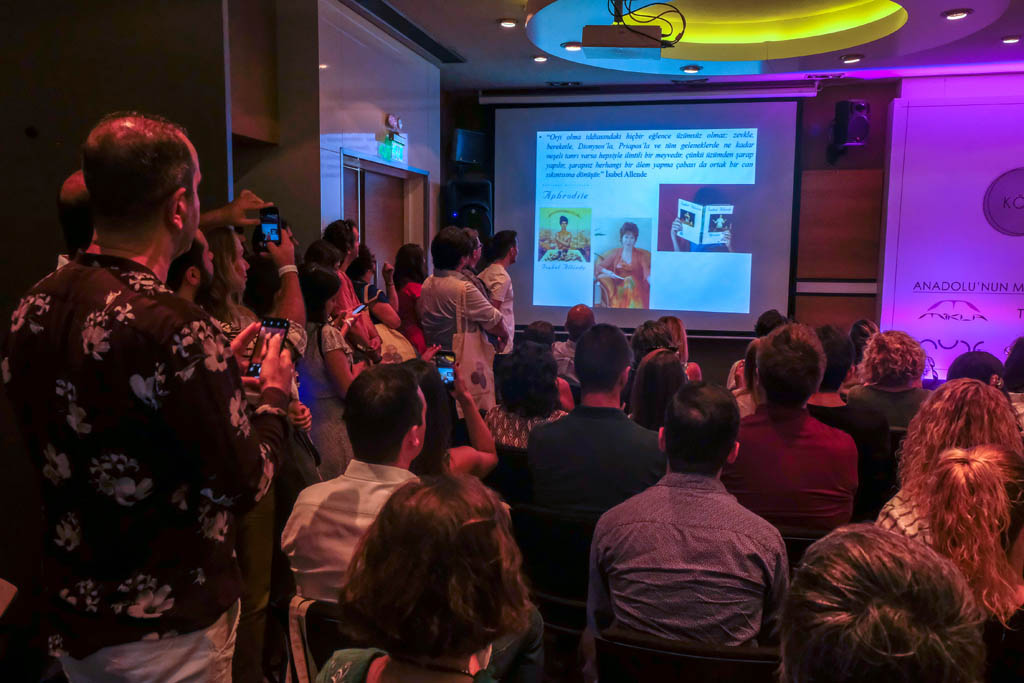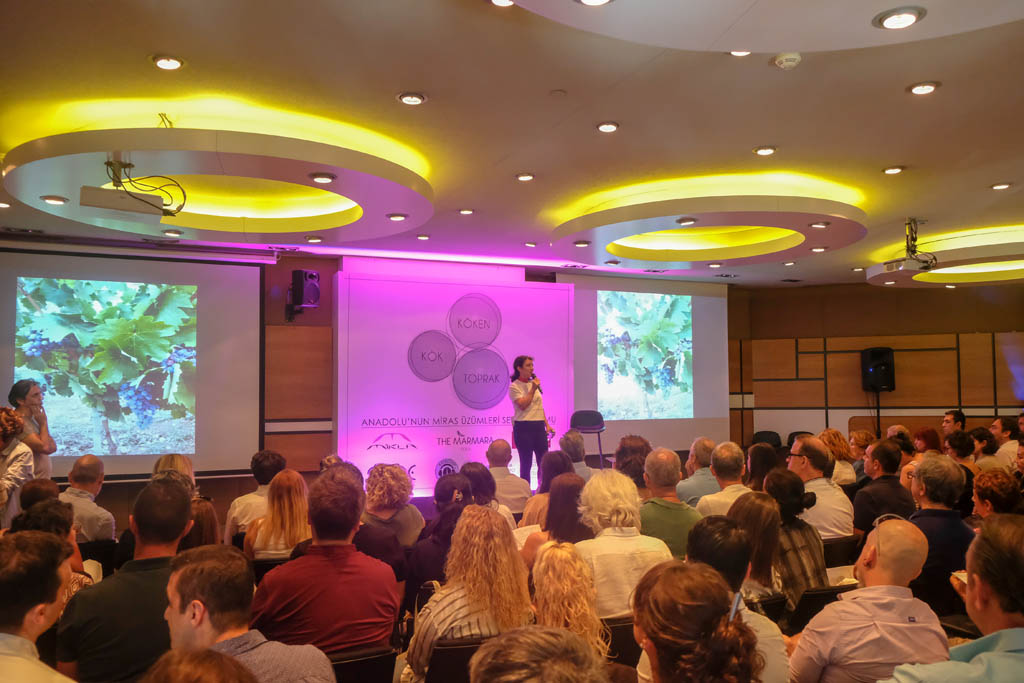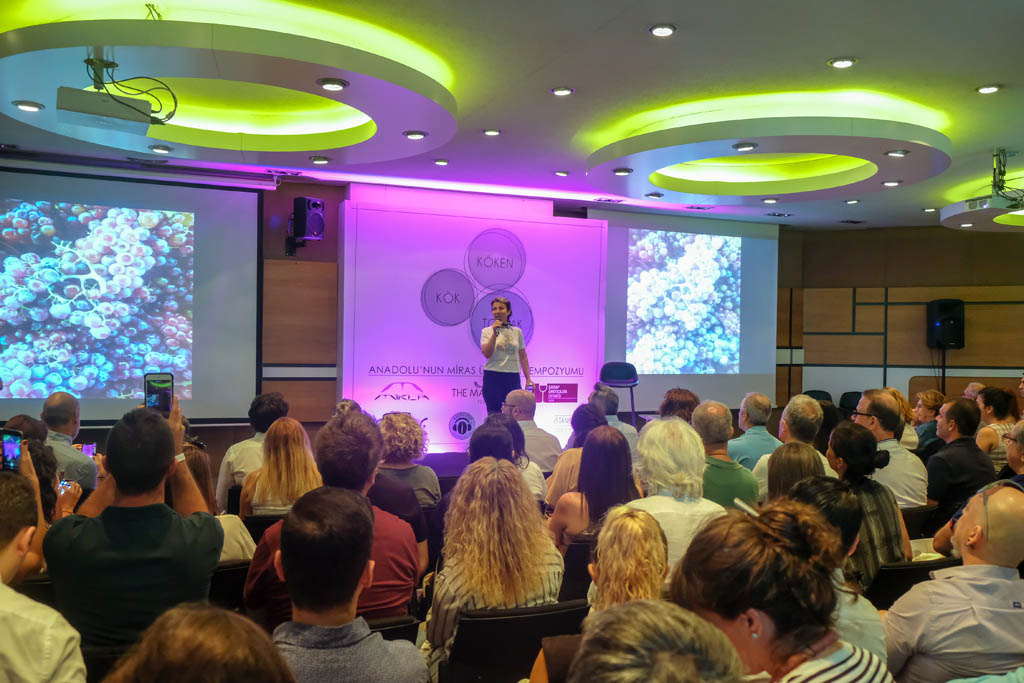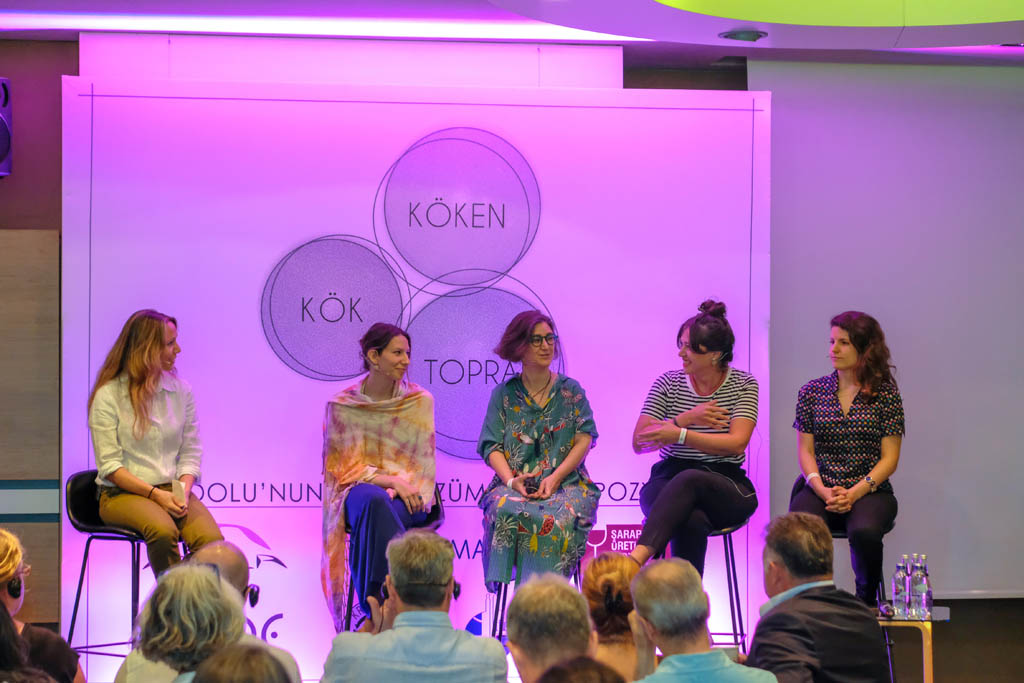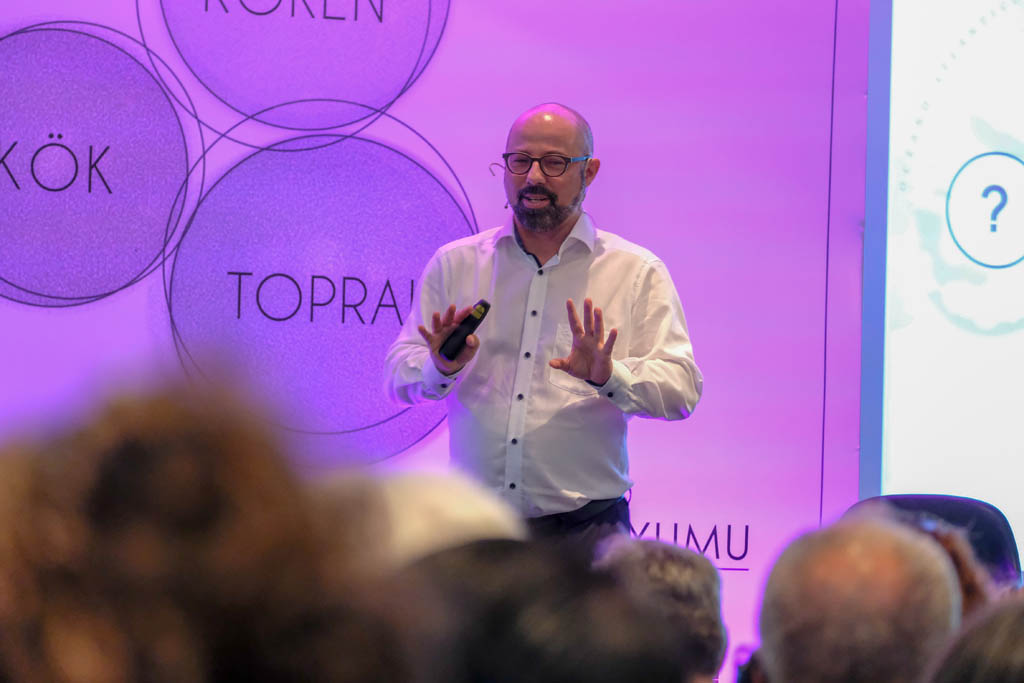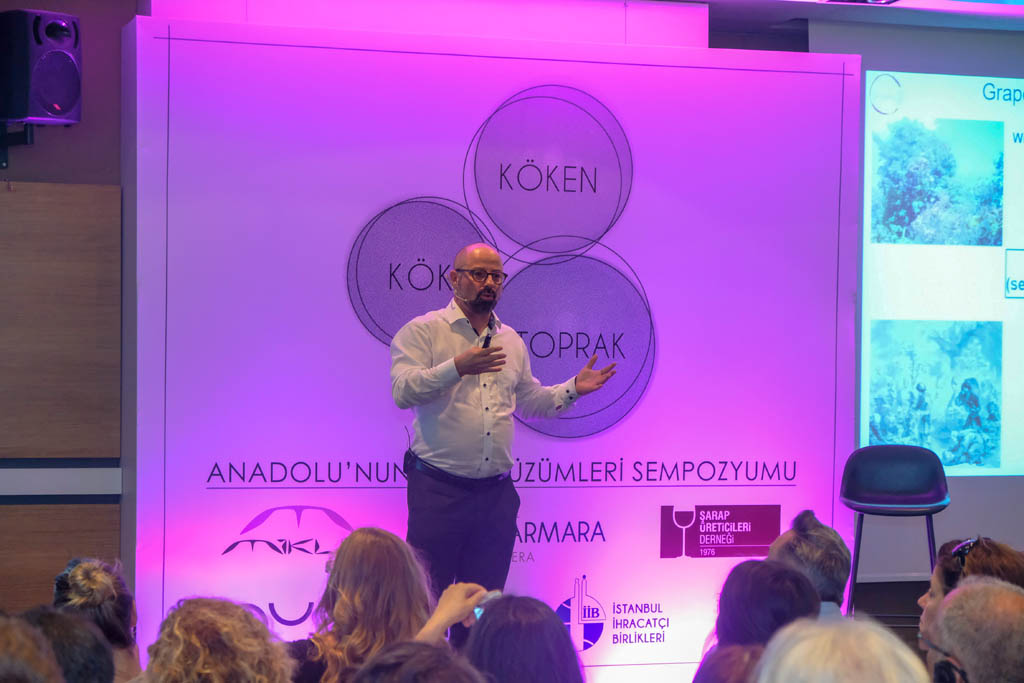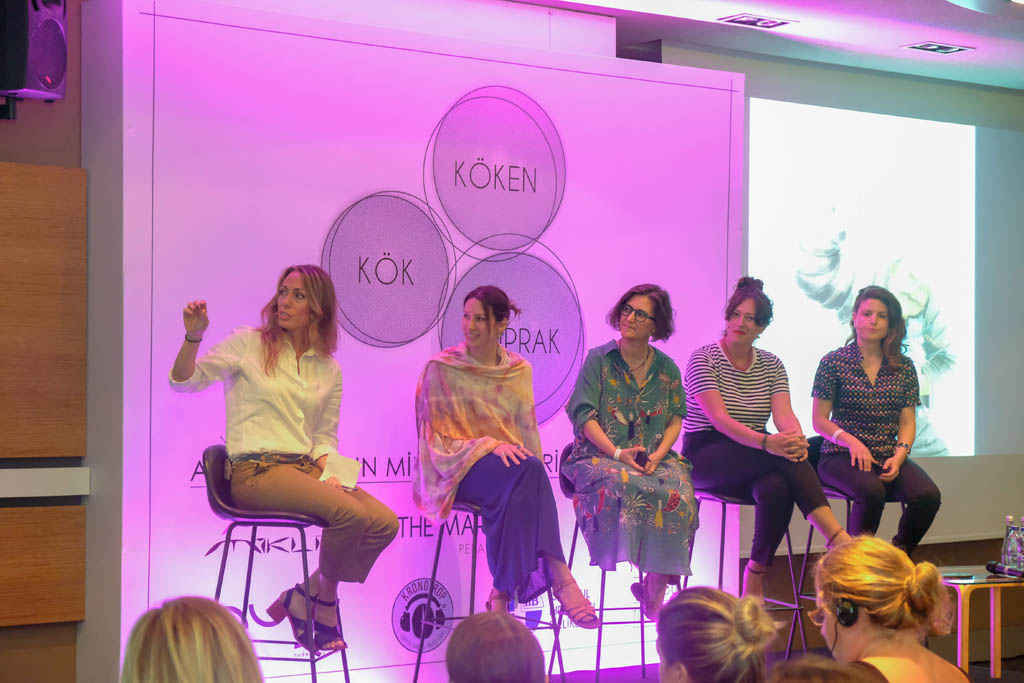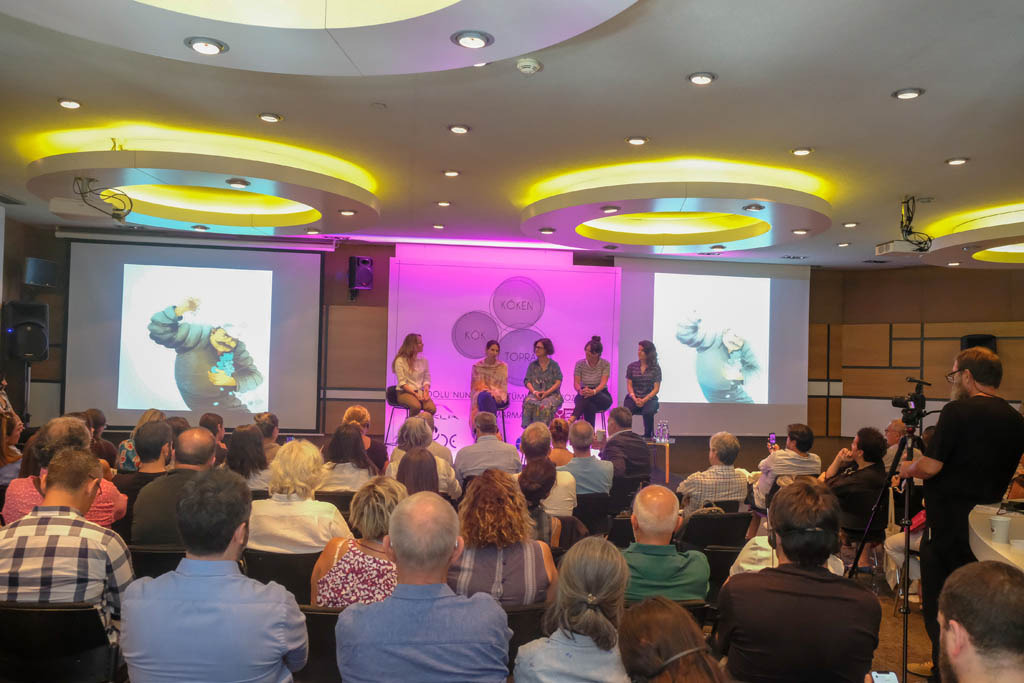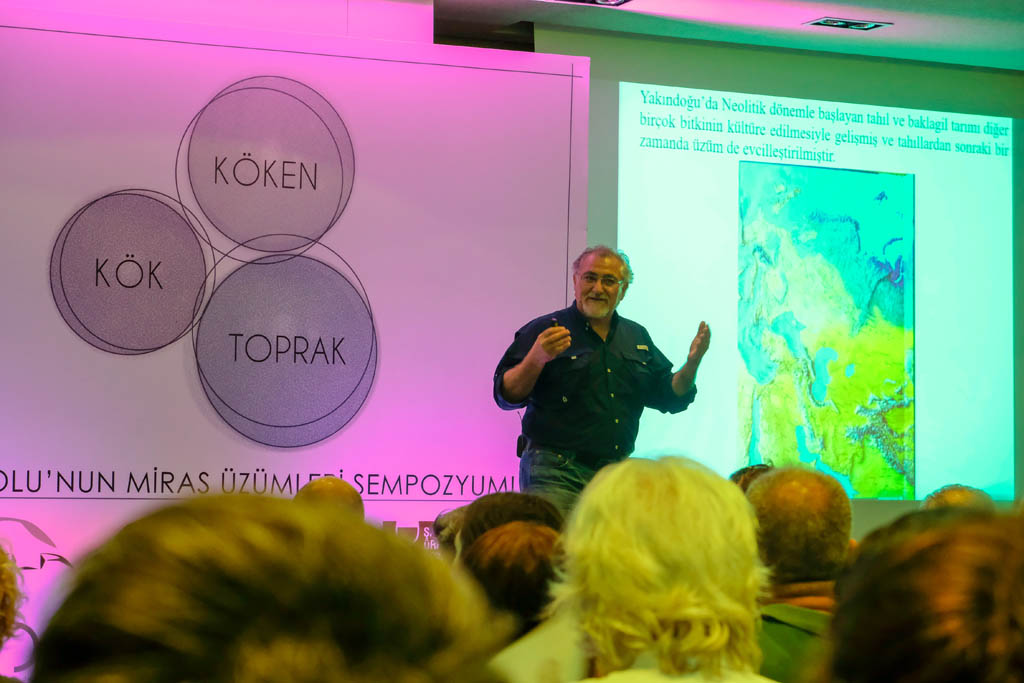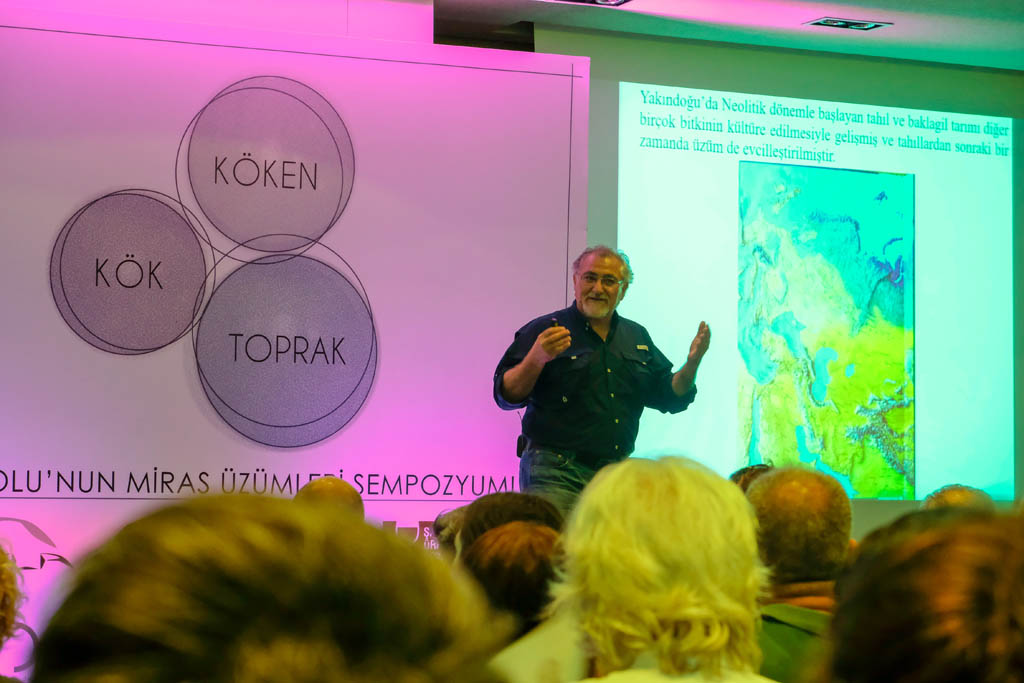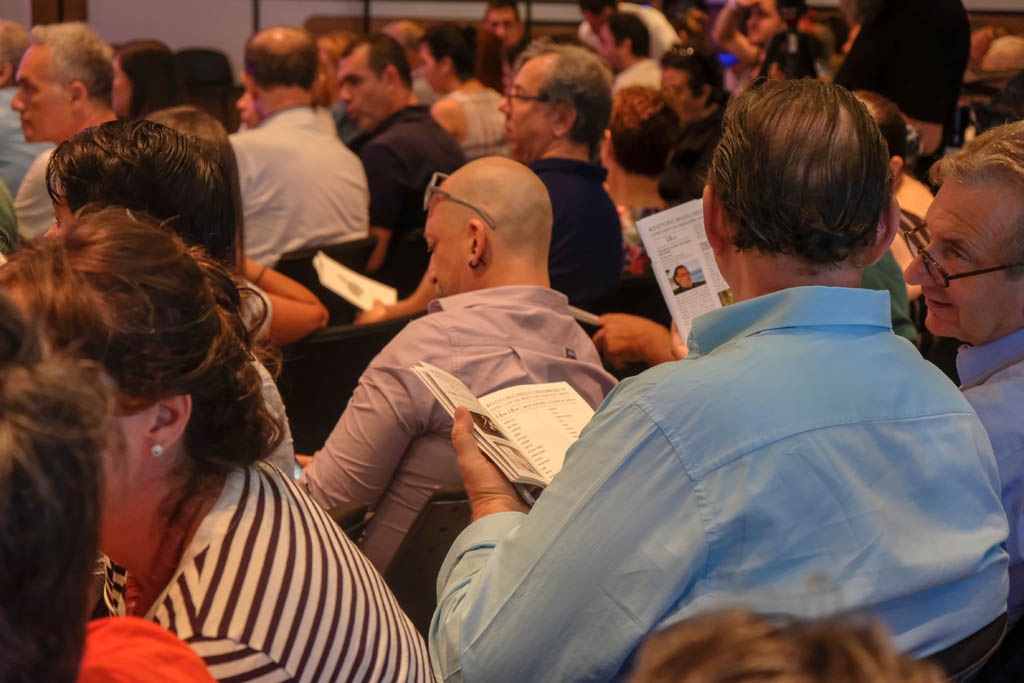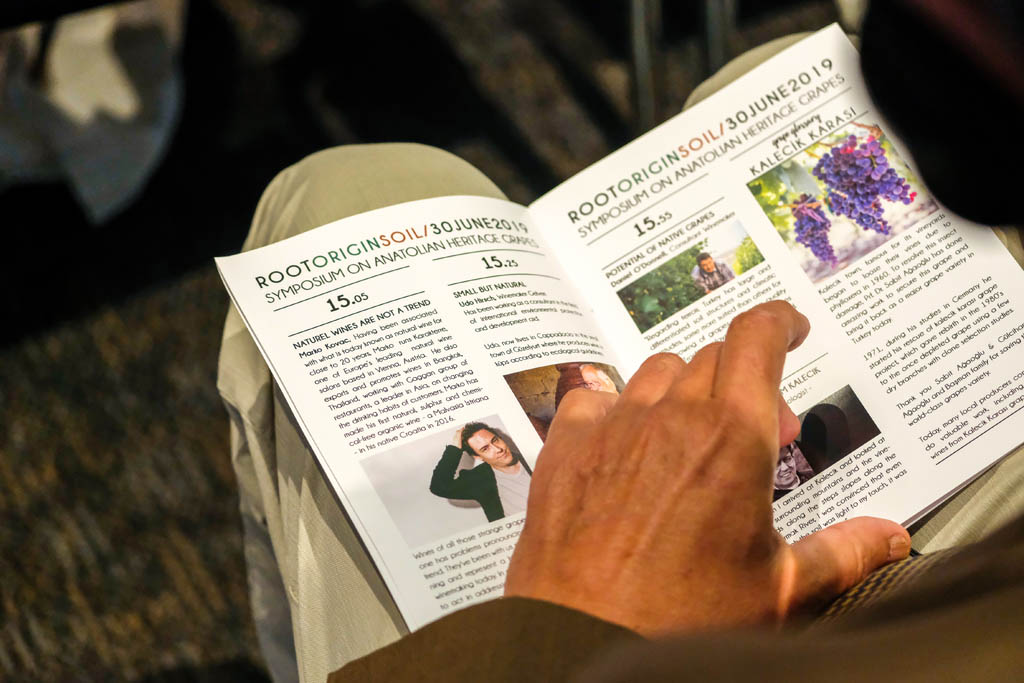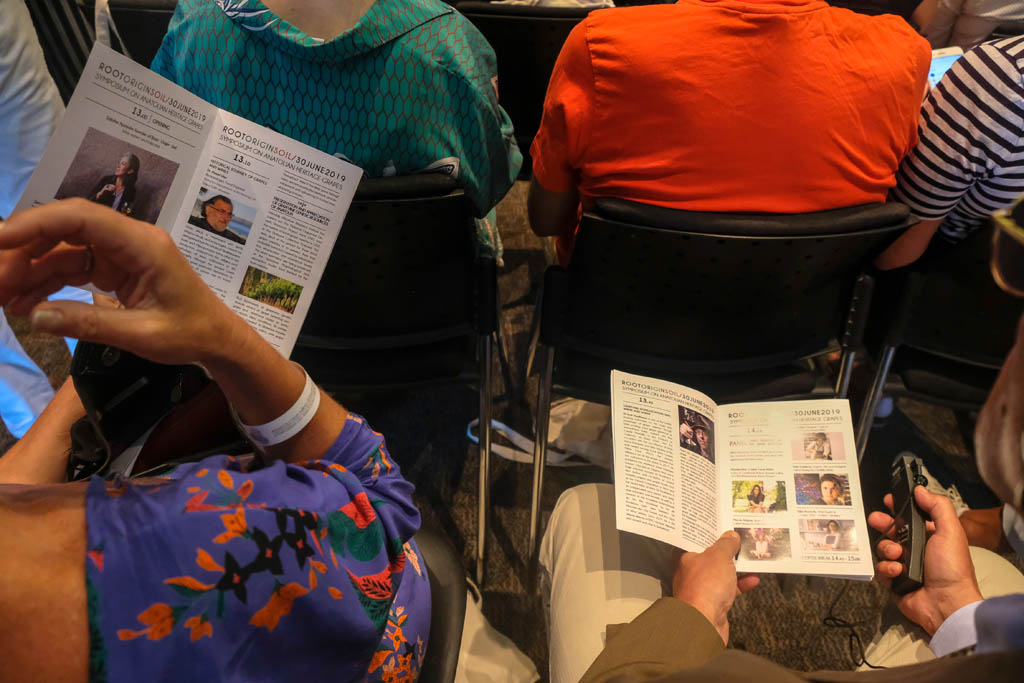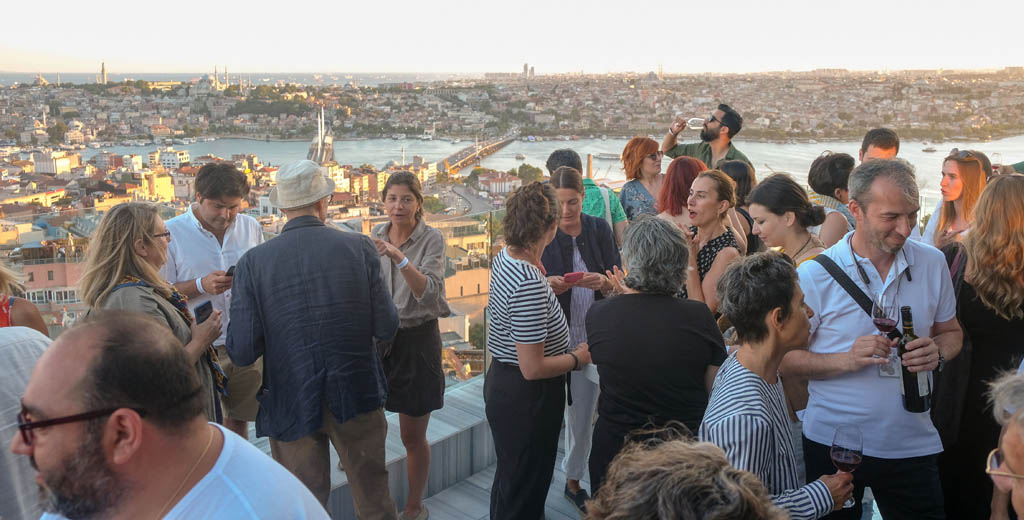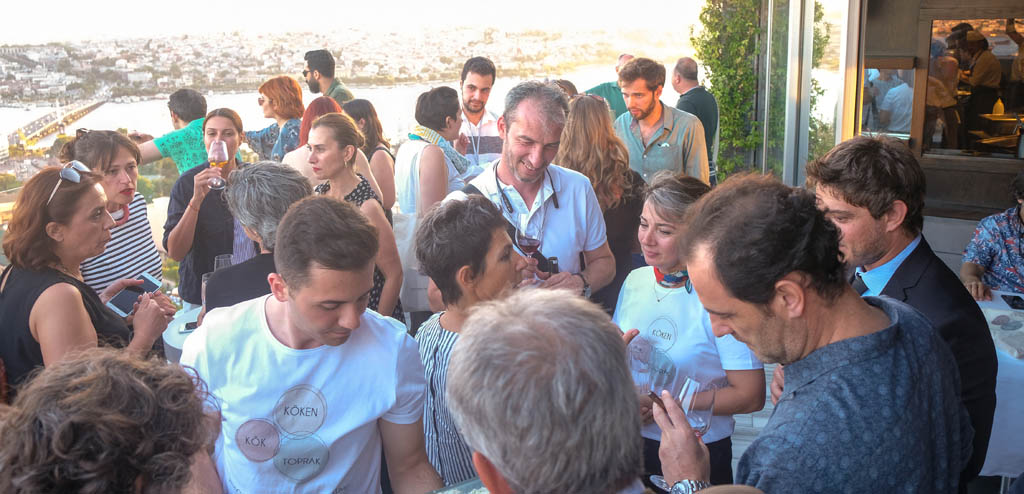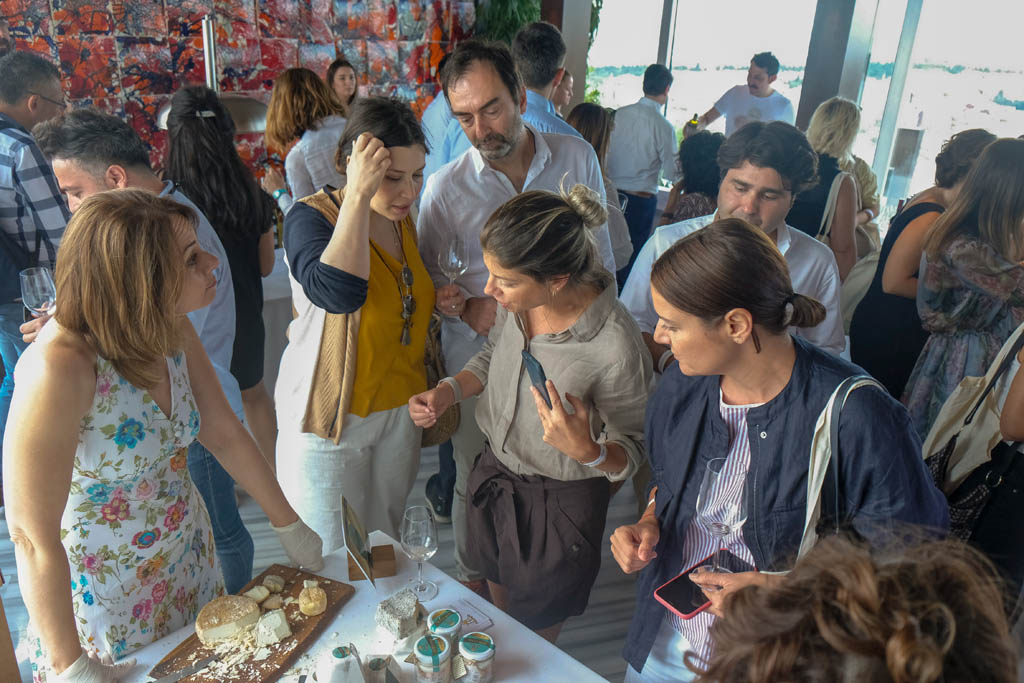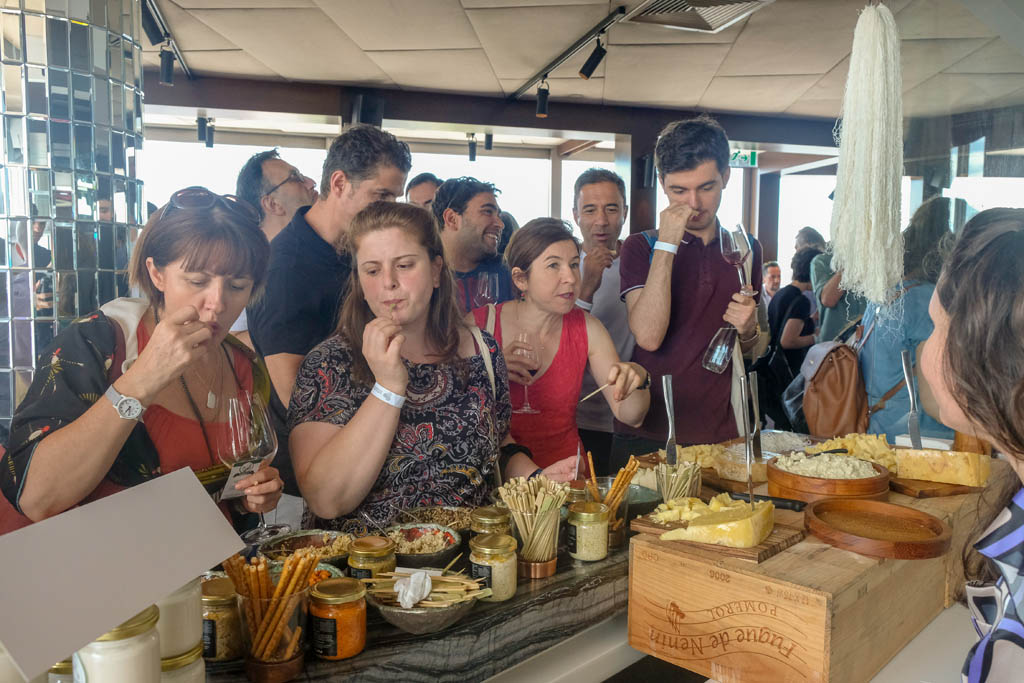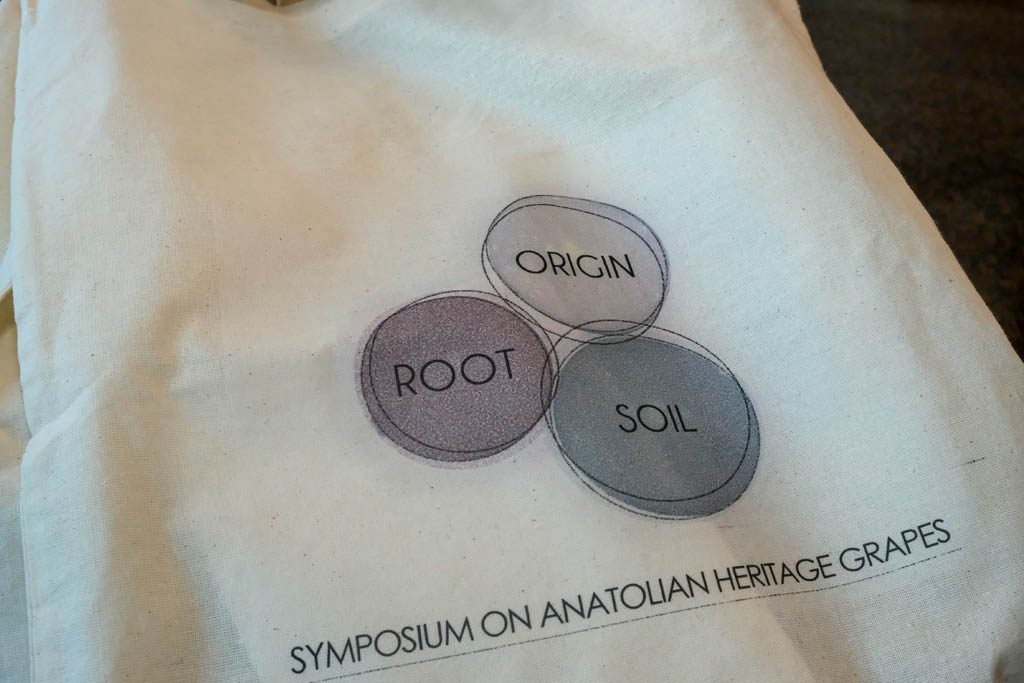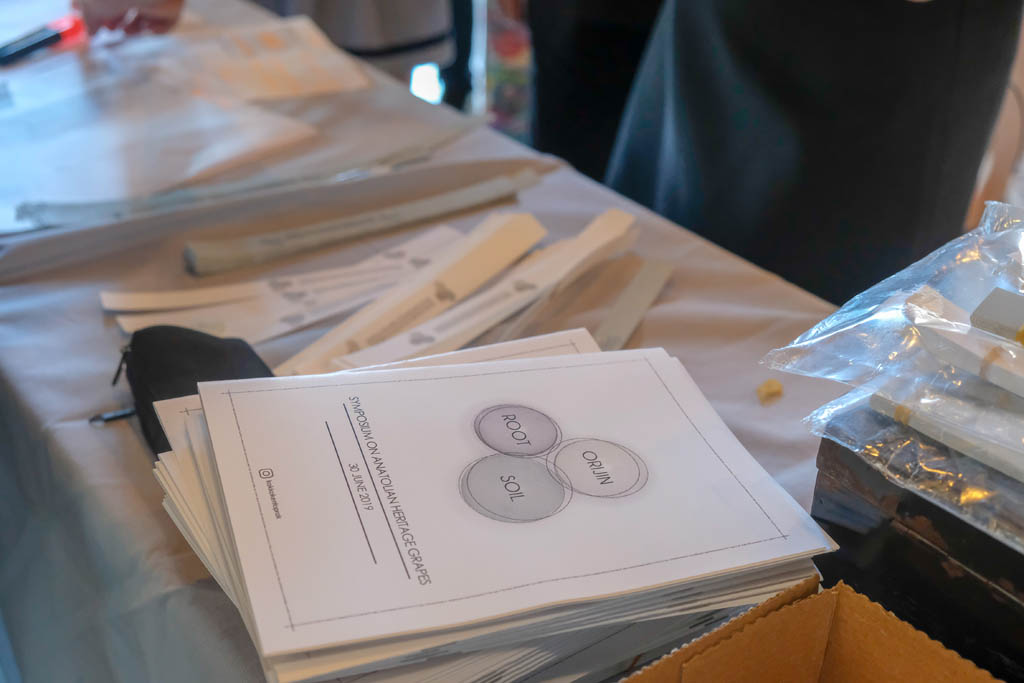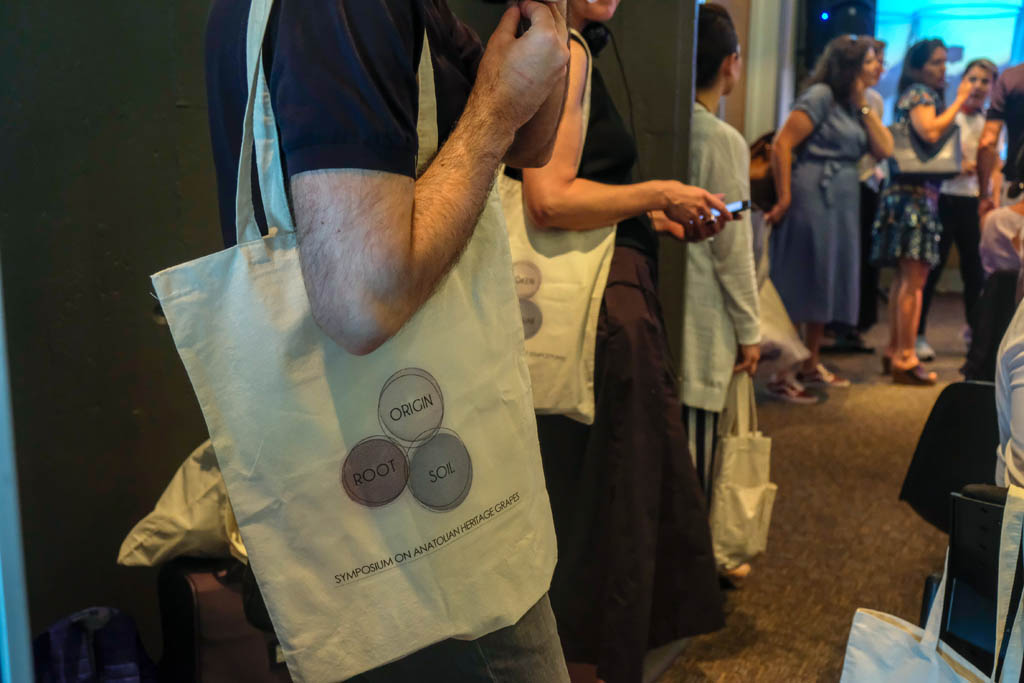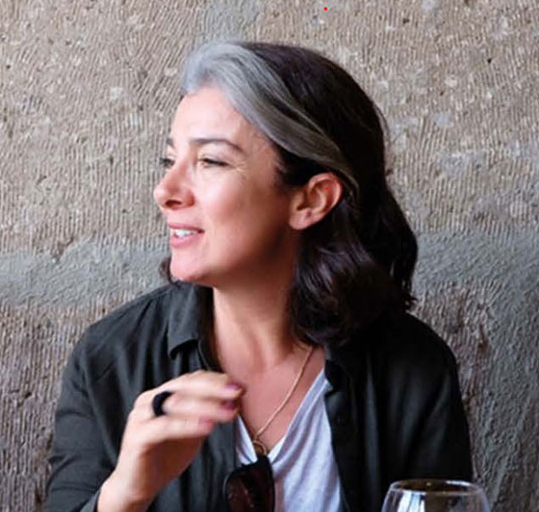
Sabiha Apaydın Gönenli
Founder of Root Origin Soil - Wine expert and Educator

Dr . Ahmet Uhri
Archaeologist, Food Engineer, Instructor Department of Archeology at Dokuz Eylül University
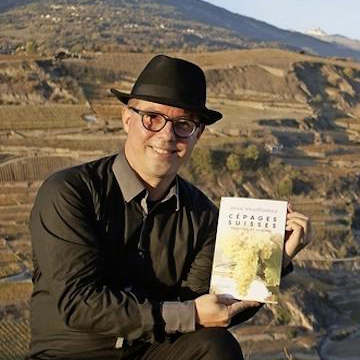
Dr. Jose Vouillamoz
Biologist and Grapevine Specialist

Cemre Narin
Editor & Cookbook Author, Vouque Turkey, W50BestRestaurants, Ruhun Doysun

Merve Atılgan
Illustrator Label Design for Urla Discover Wine
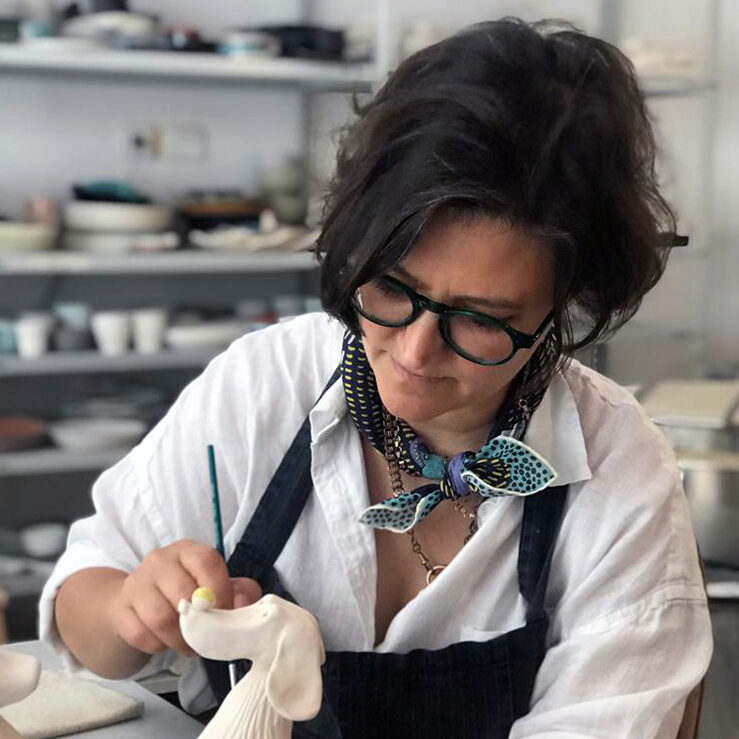
Pınar Yeğin
Designer - "rumi-su" Label Design for Ararat Wine
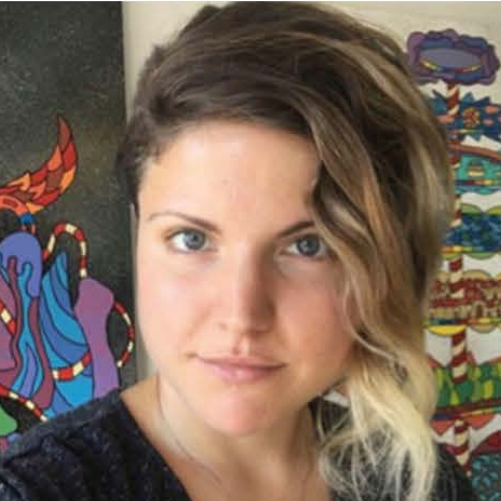
İrem Çamlıca
Graphic Arts and Designer Label Design for Chamlija Wine
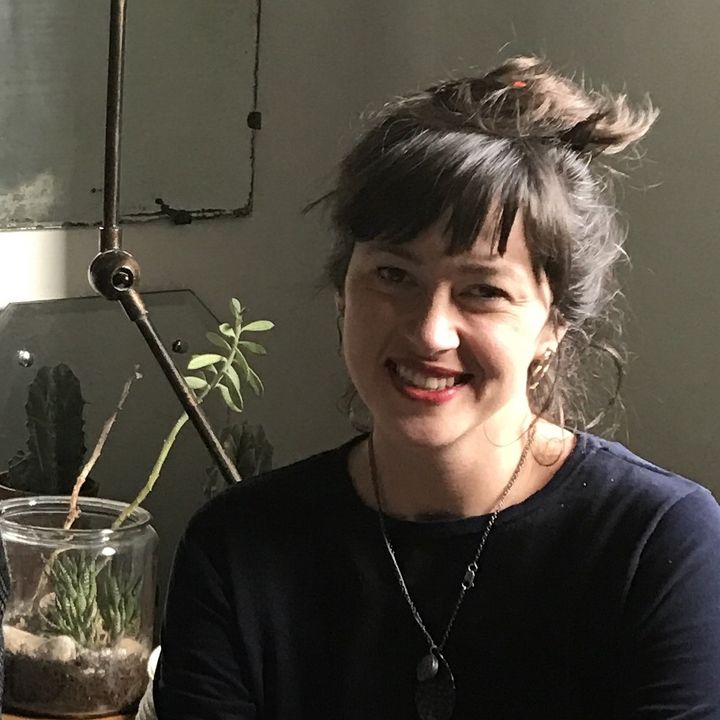
Tülin Bozüyük
Wine Expert & Ceramic Artist "Touline Ceramics"

Marko Kovac
entrepreneur
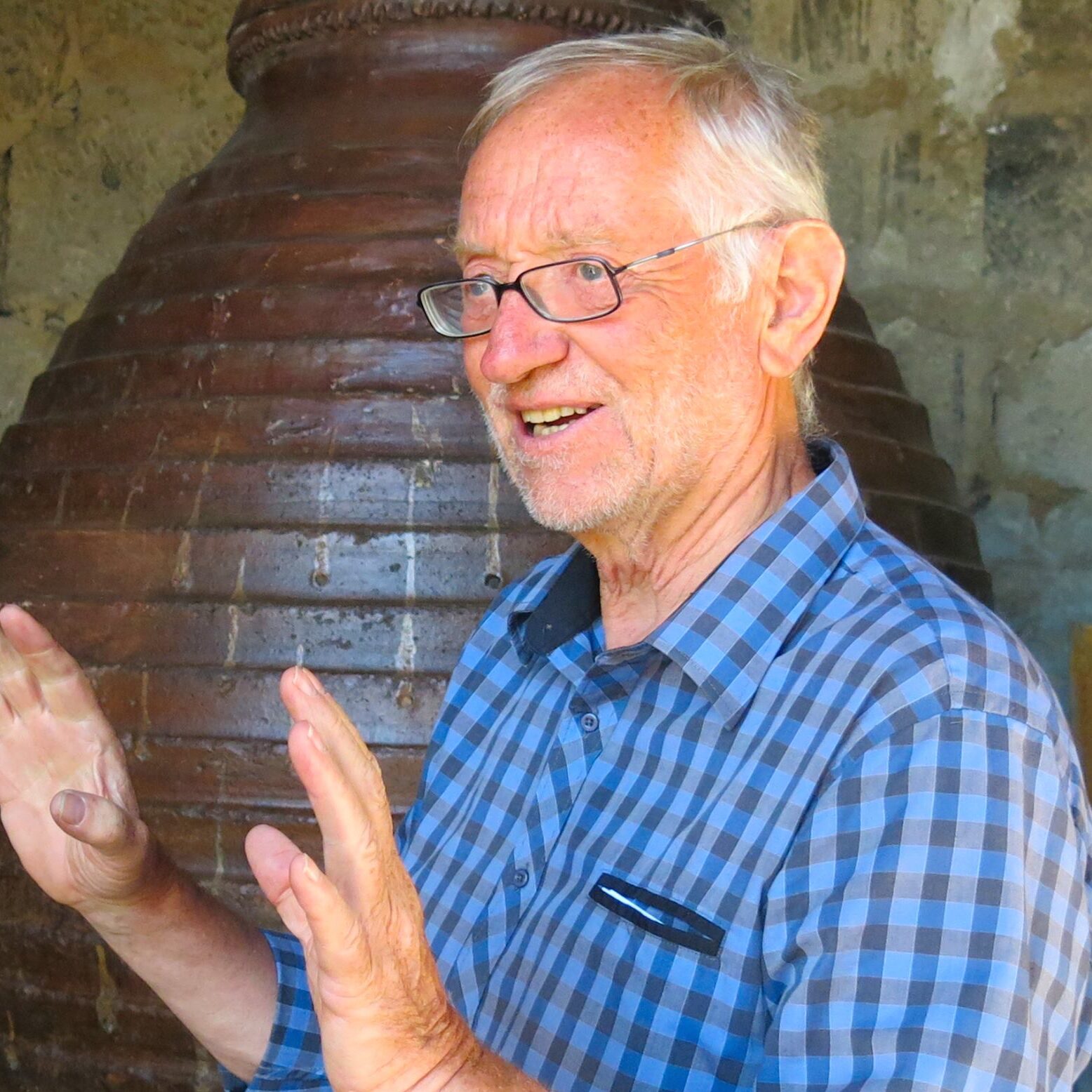
Udo Hirsch
Gelveri Wine – Co Founder, Winemaker
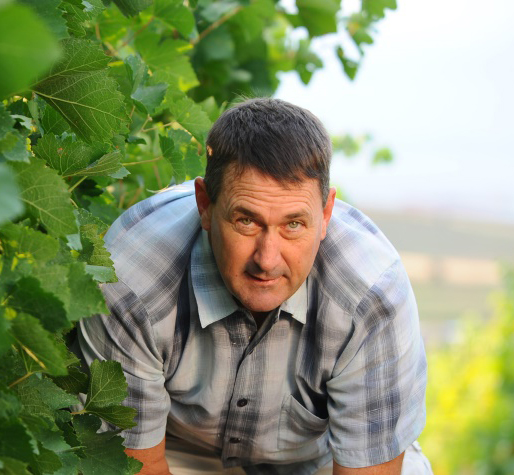
Daniel O’Donnel
Consultant Winemaker
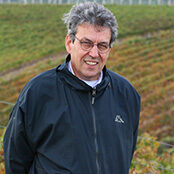
Marco Monchiero
Oenologist - Consultant Winemaker

Umay Çeviker
Architect – Old Vine Turkey Regional Ambassadors, Member of Slow Wine Coalition

Prof. Dr. Ahmet Altındişli
Ege University, Faculty of Agriculture, Department of Horticulture, Head of Viticulture Department and Scientific Secretary of the Viticulture Commission of the International Viticulture and Winery Organization
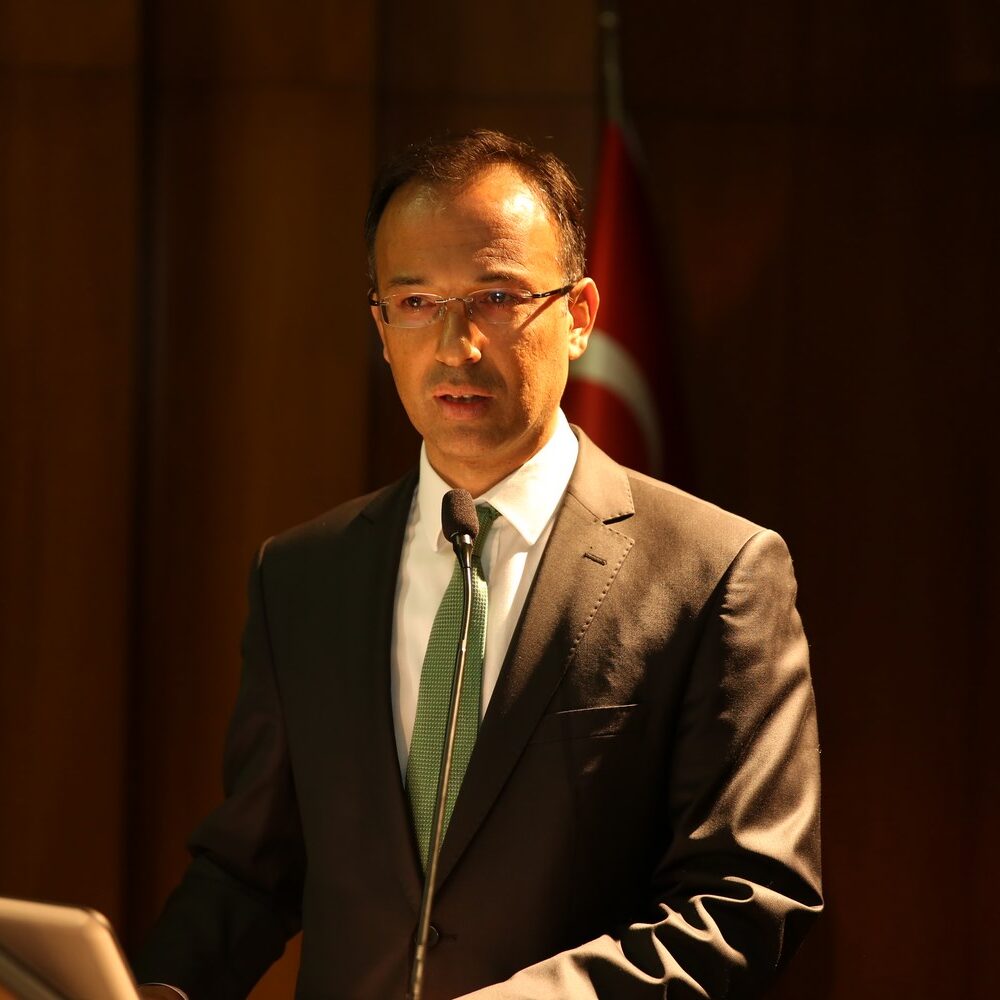
Prof. Dr. Turgut Cabaroğlu
Çukurova Univeristy Department of Food Engineering
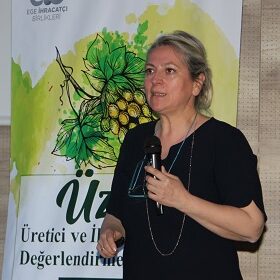
Dr . Özlem Altındişli
Entomologist - Bornova Plant Protection Research Institute, Plant Pests Department, Specialist Researcher in Vineyard Pests Unit
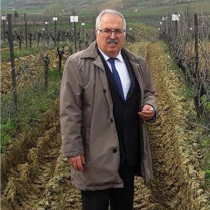
Dr. Cengiz Özer
Tekirdag Viticulture Research Institute Manager - Preservation and Appreciation of Grapevine Genetic Resources of Anatolia
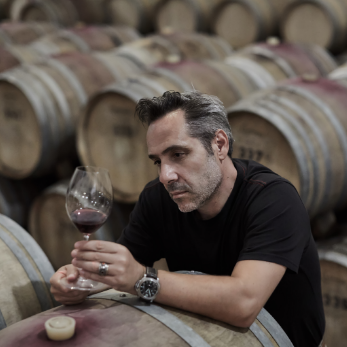
MW Yiannis Karakasis
Master of Wine

Levon Bağış
Wine Consultant & Educator
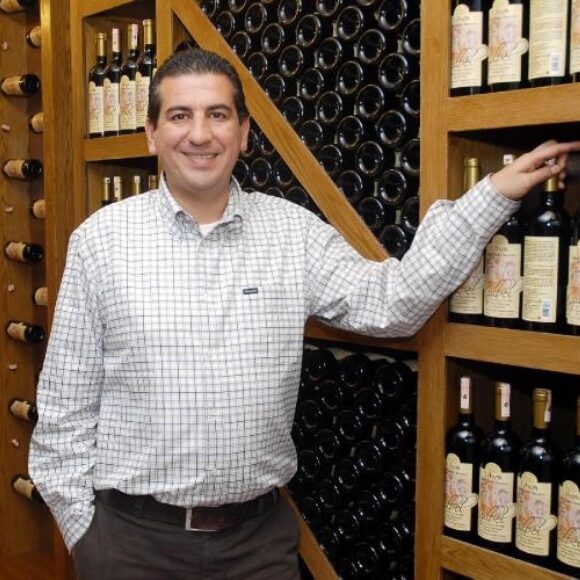
Burak Özkan
Likya Wines
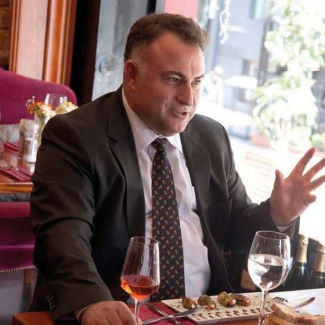
Mustafa Çamlıca
Chamlija

Seyit Karagözoğlu
Paşaeli
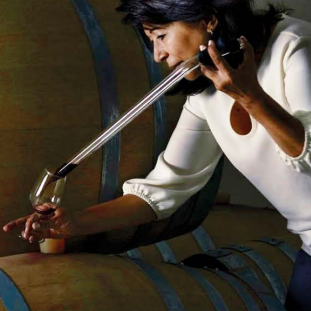
Ayda Kargılı Kalelioğlu
Vinaida
Time
Program
Title
Speakers
13.00
Opening
Root Origin Soil
Sabiha Apaydın
Founder, Root Origin Soil
13.10
Talk
Historical Journey of Grapes and Wines
Dr. Ahmet Uhri
13.40
Talk
Grapevine Domestication: Why, Where and When?
José Vouillamoz
14.15
Panel
Label Designs of the Wine Bottles
Cemre Narin, Moderator
Merve Atılgan
Pınar Yeğin
İrem Çamlıca
Tülin Bozüyük
14.45
Coffee Break
15.05
Talk
Natural Wines Are Not A Trend
Marco Kovac
15.25
Talk
Small But Natural
Udo Hirsh
15.55
Talk
Potential of Native Grapes
Dalien O'Donnell
16.15
Talk
Kalecik Karası from Kalecik
Marco Moncheiro
16.35
Panel
Academia
Umay Çeviker, Moderatör
Prof. Dr. Ahmet Altındişli
Prof. Dr. Turgut Cabaroğlu
Dr. Özlem Altındişli
Dr. Cengiz Özer
17.00
Kahve Arası
17.20
Talk
Greek Varieties on The Rise
MW Yiannis Karakasis
17.50
Panel
Turkish Wine Producers
Levon Bağış, Moderatör
Reşit Soley, Corvus
Burak Özkan, Likya
Mustafa Çamlıca, Chamlıja
Oluş Molu, Vinolus
Ayda Kargılı Kalelioğlu, Vinaida
Seyit Karagözoğlu, Paşaeli
18.25
Closing
Depp thanks for your support.

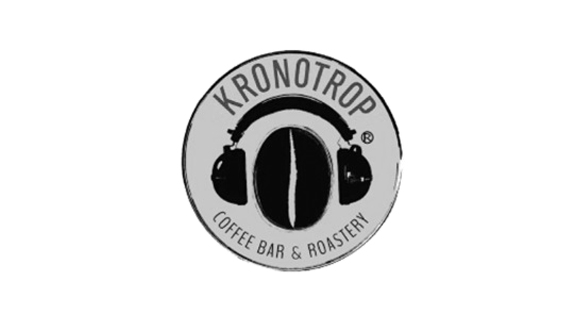
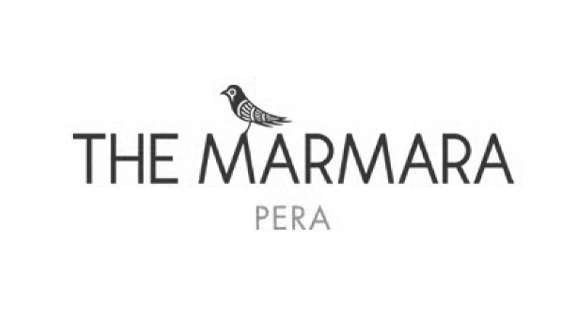
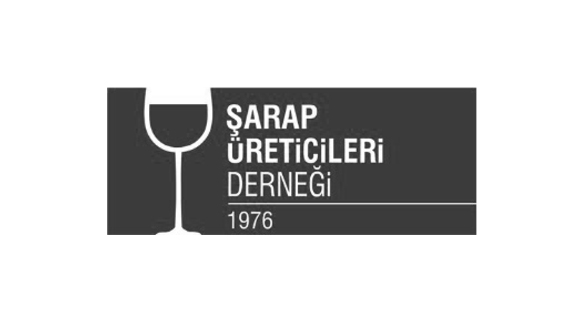
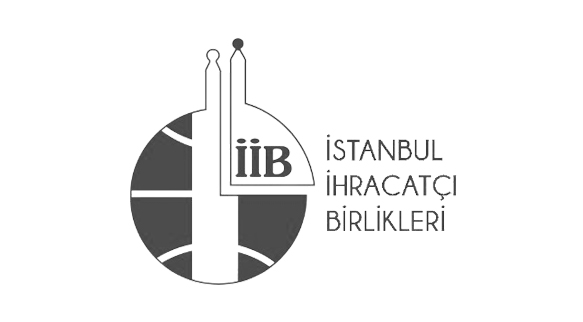
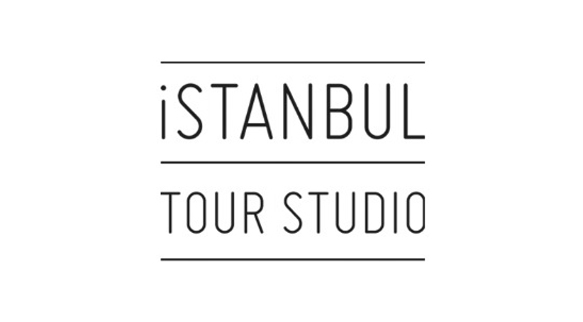


Hafize Gül


